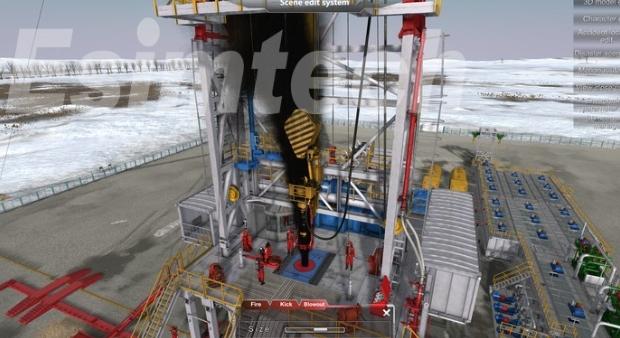Notifications

2 minutes, 32 seconds
-14 Views 0 Comments 0 Likes 0 Reviews

In the high-risk environment of oil and gas drilling, well control emergencies—such as kicks, blowouts, and lost circulation—require immediate and precise responses. Traditional training methods, while valuable, often lack the realism needed to prepare crews for high-pressure scenarios. A Drilling Emergency Exercise Simulation Training System bridges this gap by offering immersive, scenario-based drills that replicate real-world well control challenges.
Well control incidents can escalate rapidly, and human error during critical moments can lead to catastrophic failures. Simulation-based training allows drill crews to practice:
Kick Detection & Shut-In Procedures – Trainees learn to identify influxes and execute proper shut-in steps using simulated BOP controls.
Dynamic Kill Sheet Calculations – Real-time data inputs help crews adjust mud weight and pumping rates to regain well control.
Team Coordination Under Stress – Multiplayer simulations reinforce communication protocols between drillers, mud loggers, and supervisors.
Unlike static classroom training, advanced simulators incorporate real-time drilling dynamics, including pore pressure changes and equipment malfunctions, forcing teams to adapt quickly.
Realistic Hydraulic & Mechanical Modeling – High-fidelity physics engines simulate fluid behavior, casing pressure, and BOP responses.
VR/AR Integration – Virtual reality immerses trainees in a 3D rig environment, while augmented reality overlays critical data on physical equipment.
After-Action Analytics – Post-drill debriefs with performance metrics highlight gaps in reaction times or decision-making.
A North Sea operator reported a 40% reduction in well control incidents after implementing monthly simulation drills. Crews that previously struggled with manual BOP activation achieved consistent sub-30-second shut-in times.
Simulation training transforms well control preparedness from theoretical knowledge to muscle memory. By drilling under realistic pressure, teams build the confidence and competence needed to prevent costly—or deadly—blowouts.

